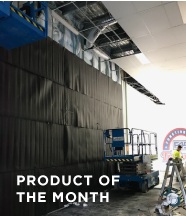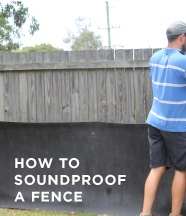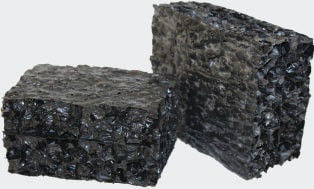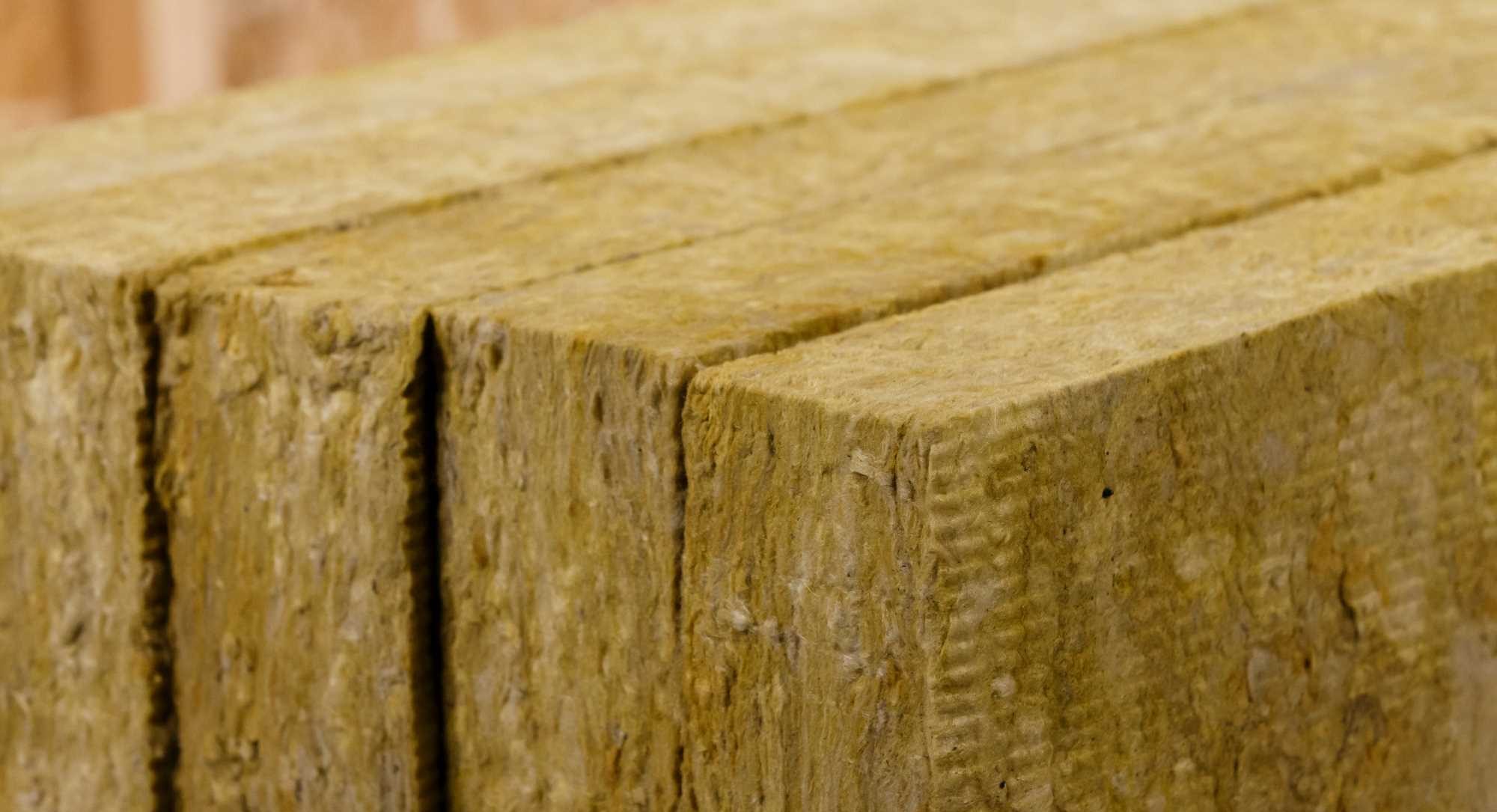How to Reduce Reverberation in Commercial Applications
Finding the right noise control barrier material
- Auditoriums/concert halls and conference rooms
- Schools/classrooms and other learning centres/institutions
- Gyms/fitness centres and/or swimming pools
- Restaurants and other hospitality venues
- Veterinarians, kennels/catteries and council pounds/adoption centres
Basic Sound Theory
What is Reverberation?
Issues with Sound Clarity
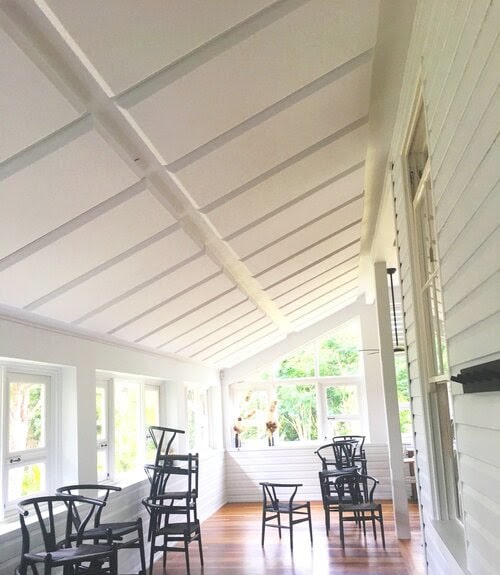
UltraQuiet UltraQuiet Acoustic Tiles (on ceilings) with Basotect® for hospitality settings.
What is the best soundproofing material?
At Soundproof Warehouse we have a number of soundproofing products that can help you handle the problem of reverberation. Whether the problem is inside or out, there’s an appropriate solution to suit any circumstance. It doesn’t matter if you own or operate a leisure facility, music studio, conference centre/rooms, auditorium/concert hall, school/learning centre or even veterinarian practice or kennel/cattery, we can help you create a more pleasant experience for you, your staff, your customers and the surrounding neighbourhood. Get Expert Advice TodayAcoustics Basotect®
Basotect® is a flexible, open-cell foam made from melamine resin. This special structure allows sound waves to enter unimpeded. Once essentially ‘trapped’, the sound energy is decreased through friction between the repositioned air particles and angular cell struts.
Materials under the Basotect® banner are very suitable for reducing reverberation in buildings (high sound absorption rating). Exhibiting high fire resistance and low thermal conductivity; making these types of foams safe and viable for auditoriums, classrooms, conference rooms, learning centres etc. Indeed, anywhere where clarity in verbal communication is paramount. Basotect® materials are used in UltraQuiet Fabric Acoustic Modules (suitable for soundproofing walls) and UltraQuiet Tiles (suitable for soundproofing ceilings), among many other applications.Our team can also install Basotect® panels for you, in both Brisbane and Gold Coast locations.
Stratocell® Whisper™
The Stratocell® Whisper™ is a closed-cell laminated foam that provides the highest possible level of sound absorption. It’s also highly moisture-resistant so perfect for indoor environments and specialist uses like indoor swimming pools (a typical suspect for noise reverberation).
Find Out MoreFibretex (aka Rockwool)
Fibretex (also known as Rockwool) is a form of insulation made from mineral fibre/stone wool. It is a great choice in sound absorption for both residential and industrial applications. For situations that typically cause a lot of reverberation, this product is ideal. Use Fibretex inside walls, in generator rooms, pool pump rooms, steel containers and more.
Find Out MoreLooking For More Options?
We’ve made it easy to shop by application on our website today.
Shop by ApplicationBook Your Assesment
Soundproof Warehouse can show you the best products tailored to your commercial space, in order to kill that sound bounce. For help combatting reverberation and to be on your way to a more soundproof environment, contact us today.Our Details
- 2 – 4 Gavin Way Cornubia QLD 4130 (By Appointment Only)
- 07 3287 7647
- 0431 576 667 (Outside office hours)
- [email protected]
- Call us 7 days from 9am – 5pm
Technical Information
The Australian Standard AS/NZS 2017:2000 recommends the following reverberation times for this type of room;
OFFICE BUILDINGS Private Offices Board and Conference Rooms 0.6 to 0.8s
Educational Buildings Conference Room 0.6 to 0.7s
Teleconferencing is suited to slightly lower reverberation time.
VERY IMPORTANT: Acoustic panels of any type that are used in a public area must have compliance to the Building Code of Australia for Fire Hazard Safety (BCA C1.10). ASTM (American), BS (British) or any other country’s test results are not recognised. An appropriate classification to AS 3837, AS 1530.3 or AS/ISO 9705 is required.
The integrity of acoustic structures is very dependent on installation techniques. For example, a small crack between the top of a wall and a ceiling can reduce the effective sound transmission loss of a wall from Rw 50 to Rw 40. Therefore, the use of contractors that are experienced in acoustic construction is encouraged.
Furthermore, two insulation products may have the same thermal R rating but the sound absorption of one may be entirely deficient, therefore the use of materials and equipment that are supported by acoustic laboratory test data is encouraged.
















